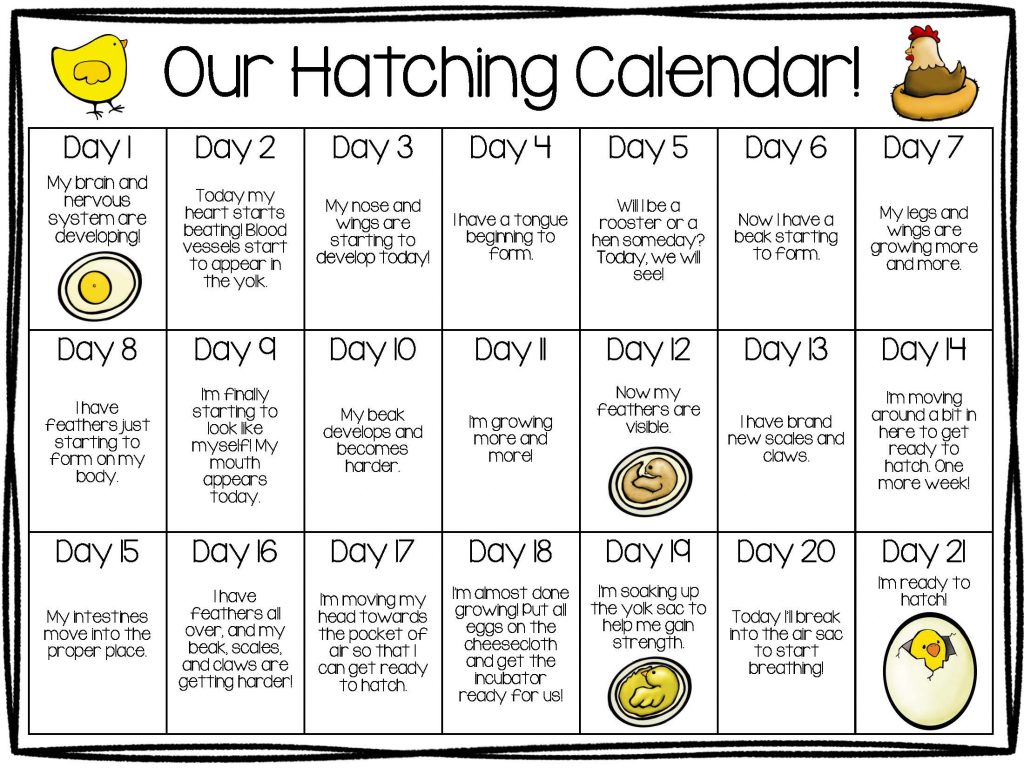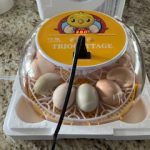Hi Div. 8 and families,
I have some exciting news. Yesterday was Day 9 for the eggs that I have at home in the incubator, and Day 8 for the eggs we have in the classroom. I have a video to share today of the Candling I did last night as I was checking on our eggs to see if they were growing. Candling is the process of shining light through the air cell of an egg checking for the development inside an incubated egg.
In the video you will see Egg #9.
Notice the following while watching the video:
-The blood vessels -red lines going towards the center that resembles a red spiderweb. These red blood vessels and veins are connected to the yolk and Albumin(egg white), and are responsible for absorbing the nutrients for the embryo to grow and develop.
-The embryo outline (looks like a bean shape)
-The black dot on the embryo, which is the eye. The eye is almost fully developed at this point.
-The Air Cell located at the top end (wide end of the egg). This is the circular space you see almost as a light on the top of the egg.
Enjoy the video and we will talk more about it tomorrow!
Ms. Silva


